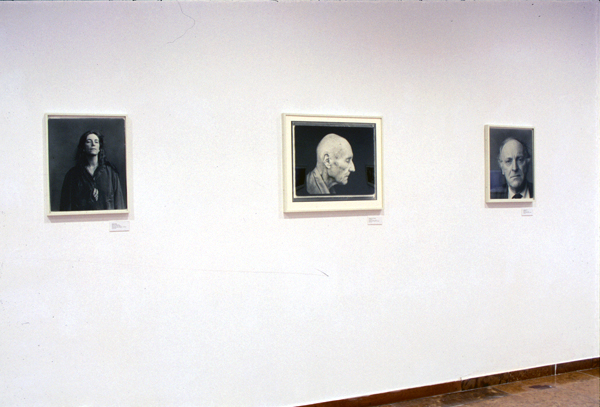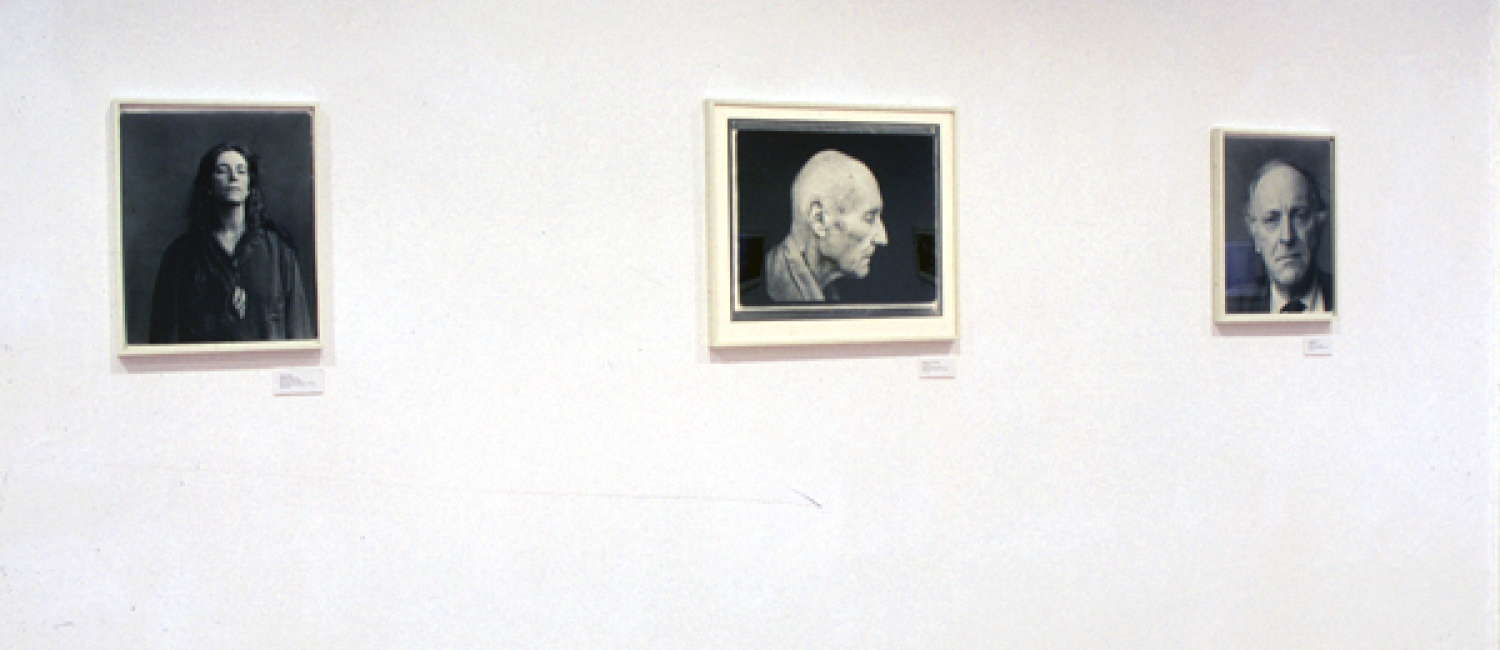Annie Leibovitz has long been recognised as one of the most prominent photographers of her generation. Praised for her "uncanny ability to inspire people to reveal themselves,“ the New York Times Book Review calls the Leibovitz touch "witty, humane, affectionately mocking.“ Annie is considered by many of her peers to be the greatest portrait photographer alive today.
The daughter of an Air Force colonel father and one of six children, Leibovitz spent her early years in many different areas of the country. Her career began in 1970 when she was studying painting and photography at the San Francisco Art Institute. Only 19 years old, she submitted a portfolio of her photographs to Rolling Stone Magazine. Its editor, Jann Wenner, about to leave for New York to interview John Lennon, was so impressed with Leibovitz’s portfolio that he took her with him; the result was Leibovitz’s first cover for Rolling Stone. By 1973, she was the magazine’s chief photographer.
Her association with Rolling Stone lasted until the early 1980’s and included her famous coverage of the Rolling Stones 1975 concert tour. Leibovitz’s work has since appeared in every major American magazine, including LIFE, Time, Newsweek, New York Times Magazine, Esquire, Vogue, Vanity Fair, and The New Yorker. Her international reputation has been affirmed by frequent overseas publication in the Sunday Times Magazine, and the London Independent Magazine, Paris Match, Max, Stern, Vogue and Switch in Japan, among others.
Among her best-known photographs are those of actors and entertainers Whoopi Goldberg, Bette Midler, David Byrne, Demi Moore, Roseanne, and Michael Jackson. She also had a long time photographic relationship with John Lennon, which culminated in one of her most poignant images—John and Yoko in an embrace taken only a few hours before Lennon’s murder in December 1980.
Throughout the 1980’s Leibovitz photographed an unprecedented variety of subjects for Vanity Fair Magazine as their main photographer. In addition to portraits of actors, political figures, writers, athletes, opera singers, artists and dancers, she has also photographed the magazine’s annual „Hall of Fame“ portfolio for the last eleven years. Her recent Vanity Fair portfolios on business visionaries and on Hollywood stars have brought widespread acclaim and media attention, as did her portfolio on the O.J. Simpson trial for The New Yorker.
In tackling other difficult subjects, Annie has returned to her original photo reportage style in portfolios done in Rwanda and Sarajevo.
Annie has a particular draw to the physical power and strength of the human form, hence her work photographing athletes for soccer’s World Cup Federation, the U.S. Olympic Committee, and also for dance companies such as Mikhail Baryshnikov’s White Oak Dance Project and the Mark Morris Dance Group.
In 1991, Leibovitz became the second living photographer—and the first woman ever— whose work was exhibited at the Smithsonian Institution’s prestigious National Portrait Gallery, in Washington, D.C.
The retrospective show, entitled „Annie Leibovitz Photographs,“ was organised by the International Center of Photography, New York, and the National Portrait Gallery; it toured the United States and Europe through 1994, and toured Japan, Australia and New Zealand through 1996 and into 1997 under the auspices of ICP.

